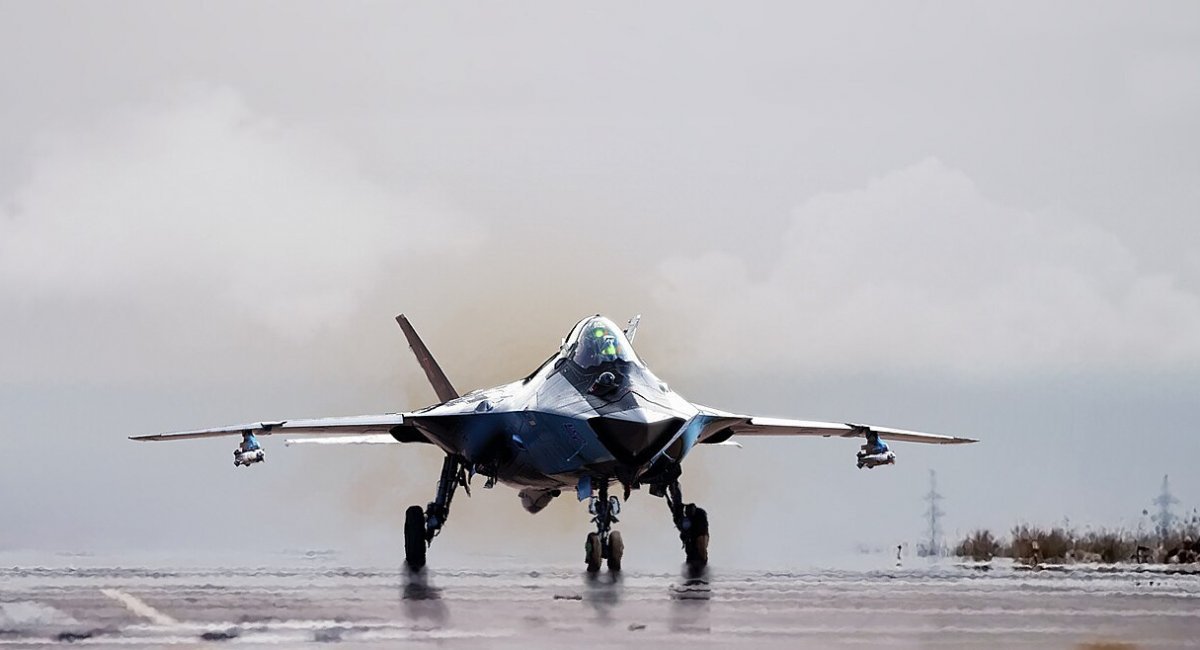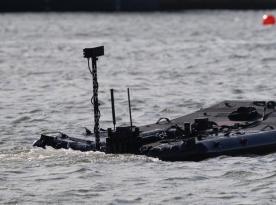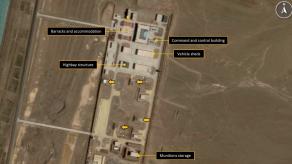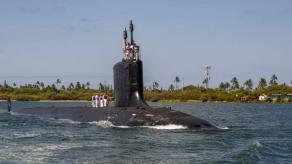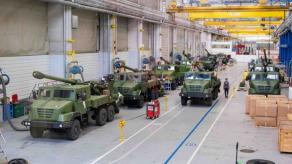russian commentators are now speaking of reviving the MiG-41 high-altitude interceptor as a successor to the MiG-31, claiming that the aircraft could make its first flight within a few years — supposedly to "outshine" the US F-47.
Yet the source of these claims matters. The remarks came from Major-General Vladimir Popov, who currently serves more as a television pundit than as a figure holding any decision-making position. This naturally raises doubts about how well informed his statements are.
Read more: Photo of russian MiG-31 Fighter Jet Raises Alarming Questions After Violations of Baltic and Polish Airspace
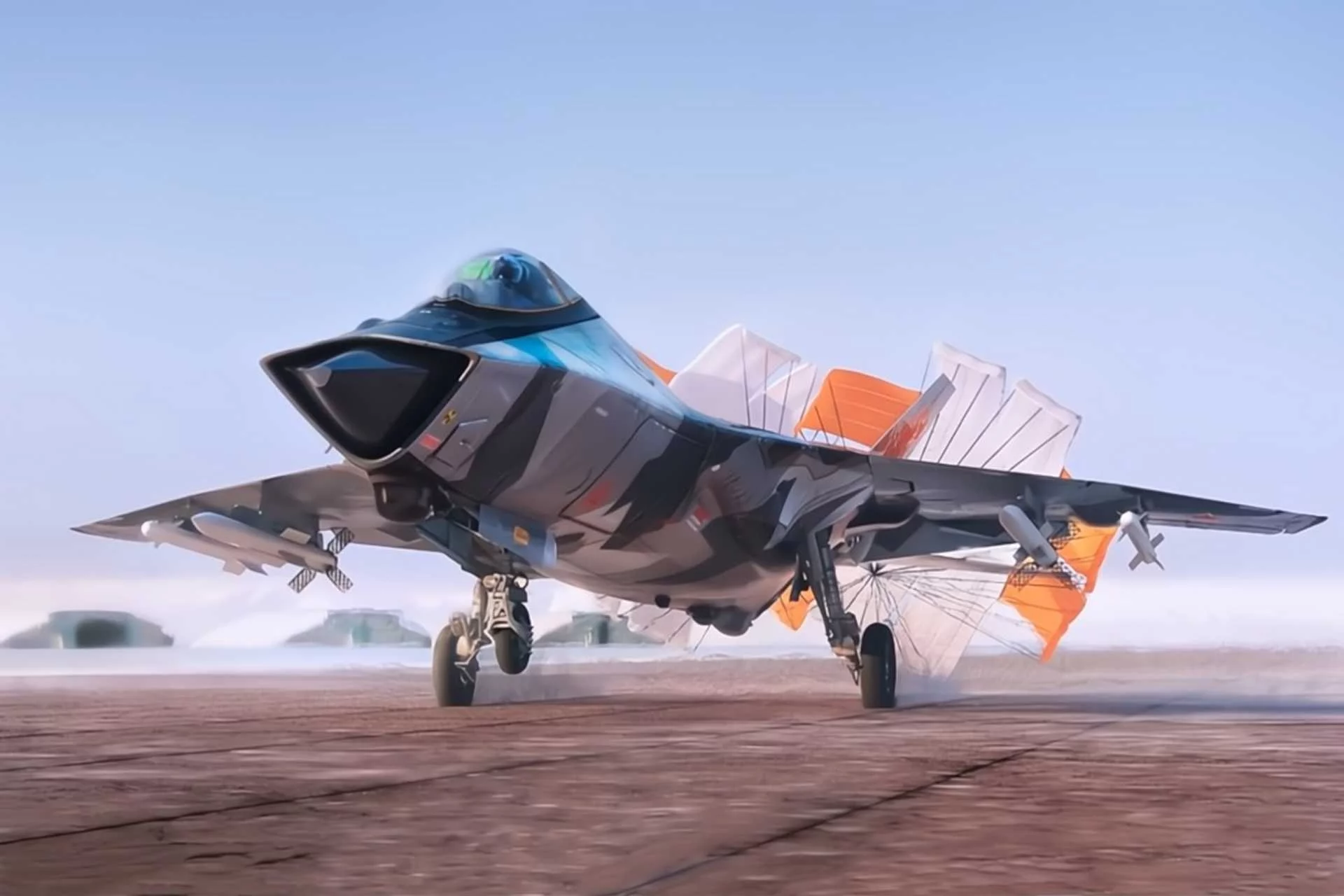
Still, the timing of the renewed MiG-41 publicity — coinciding with Western news about sixth-generation programs such as the F-47 and Tempest under GCAP — suggests the move is motivated more by image management than by actual technical progress. russia, after all, always needs its own "analog" to point to in any high-profile competition.
The MiG-41 is being promoted under the PAK DP (Prospective Air Complex for Long-Range Interception) project. It is presented as the MiG-31's replacement: the MiG-31 entered service in the 1980s and is now best known for its variant used to launch Kinzhal hypersonic missiles rather than for its original interceptor role.
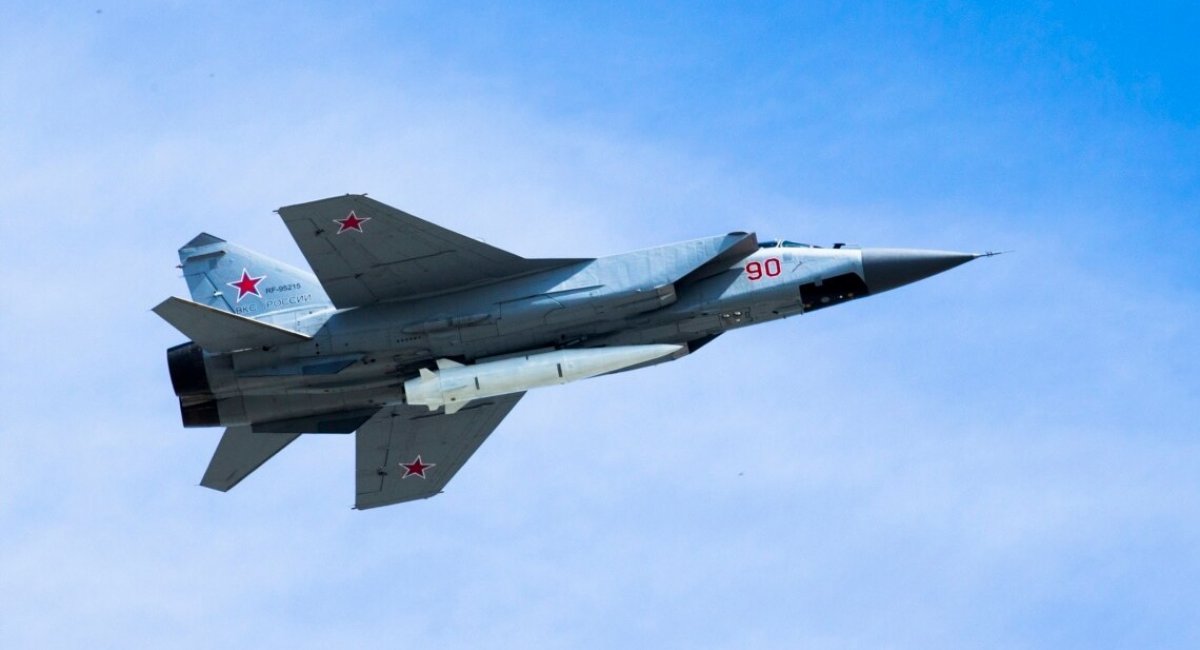
Officially cited performance figures for the MiG-41 are remarkable: top speeds up to Mach 4.3, a service ceiling of 50,000 meters, and a range of 11,000 kilometers. These numbers strain credibility, and even the more conservative estimates — around 12,500 meters ceiling and 5,000 kilometers range — remain highly ambitious.
Developers point to the use of Product 30 engines (also known as AL-51F1) — powerplants originally developed for the Su-57 and seen only in flight tests on early T-50 prototypes. The picture that emerges is a familiar one: exaggerated performance claims based on unfinished technologies and components borrowed from other projects.
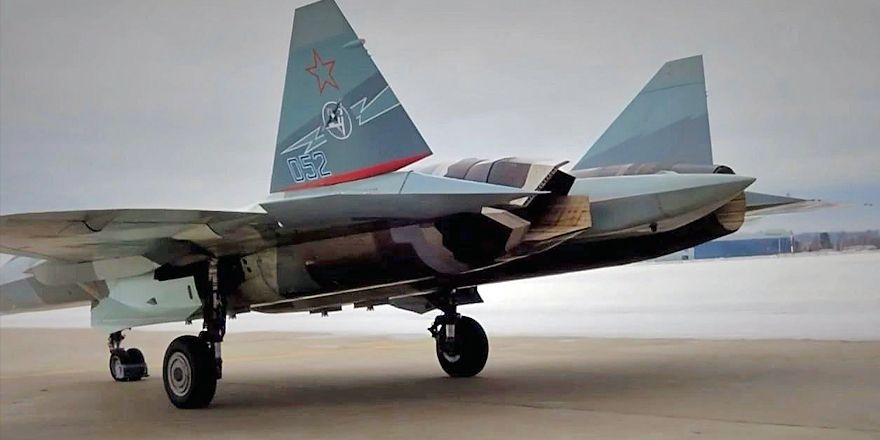
Such claims overlook fundamental challenges. Achieving extreme speed and altitude requires a purpose-built airframe and advanced materials to withstand heating and structural stress. Avionics and radar systems could, in theory, leverage developments from the upgraded MiG-31BM interceptor, but propulsion, thermal management, and materials science remain formidable obstacles.
Even before russia's full-scale invasion of Ukraine, experts doubted the feasibility of such an aircraft, calling it technically complex and industrially unrealistic. That skepticism is even more justified today. Limited production capacity, wartime spending priorities, and sanctions restricting access to modern components all work against the viability of such an ambitious project.
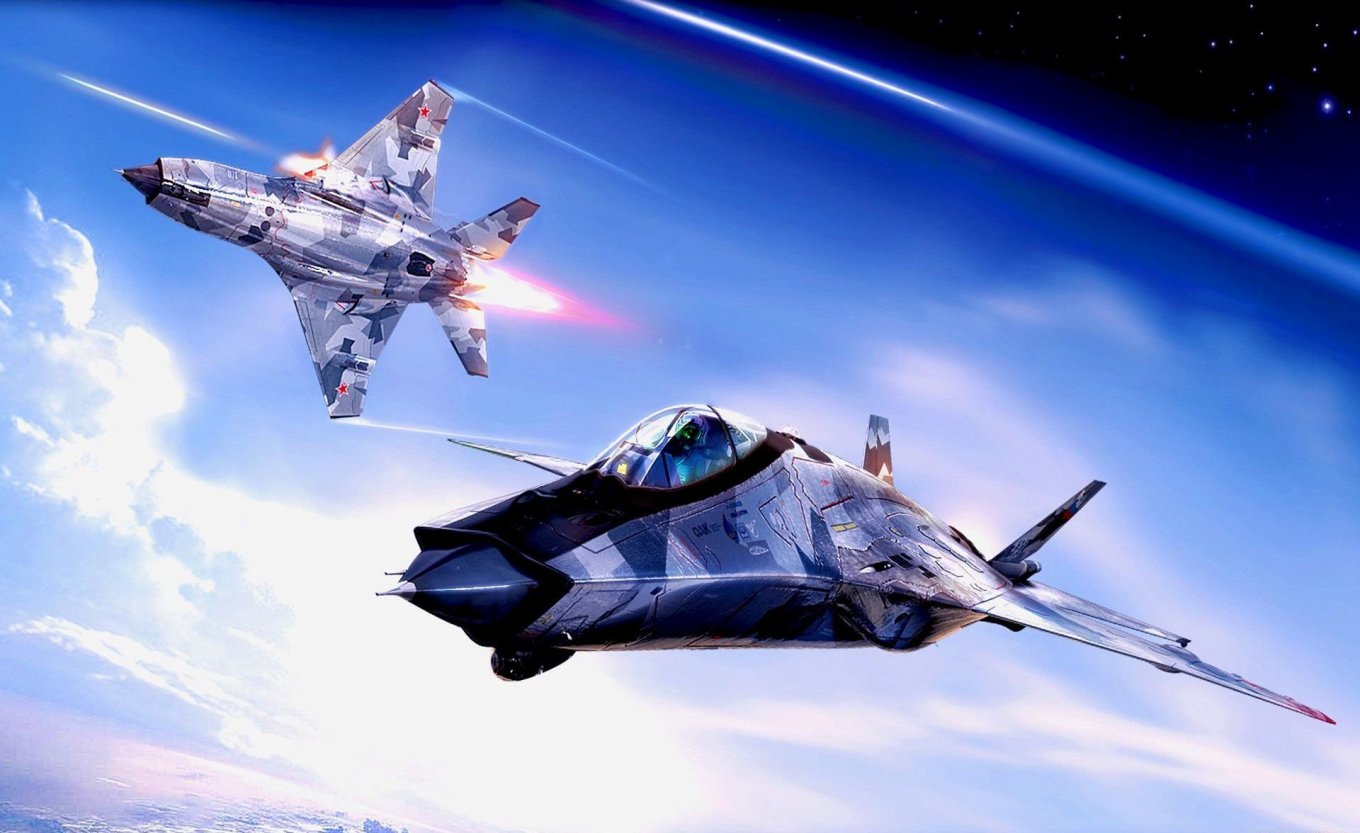
There is, however, a strategic rationale behind high-altitude interceptors. Given russia's vast territory, it is impossible to cover every region with ground-based air defenses, so a dedicated long-range interceptor could fill a niche. In practice, however, the MiG-31's missions have largely shifted toward launching long-range and hypersonic weapons, while modern multi-role fighters can now perform many traditional interception tasks.
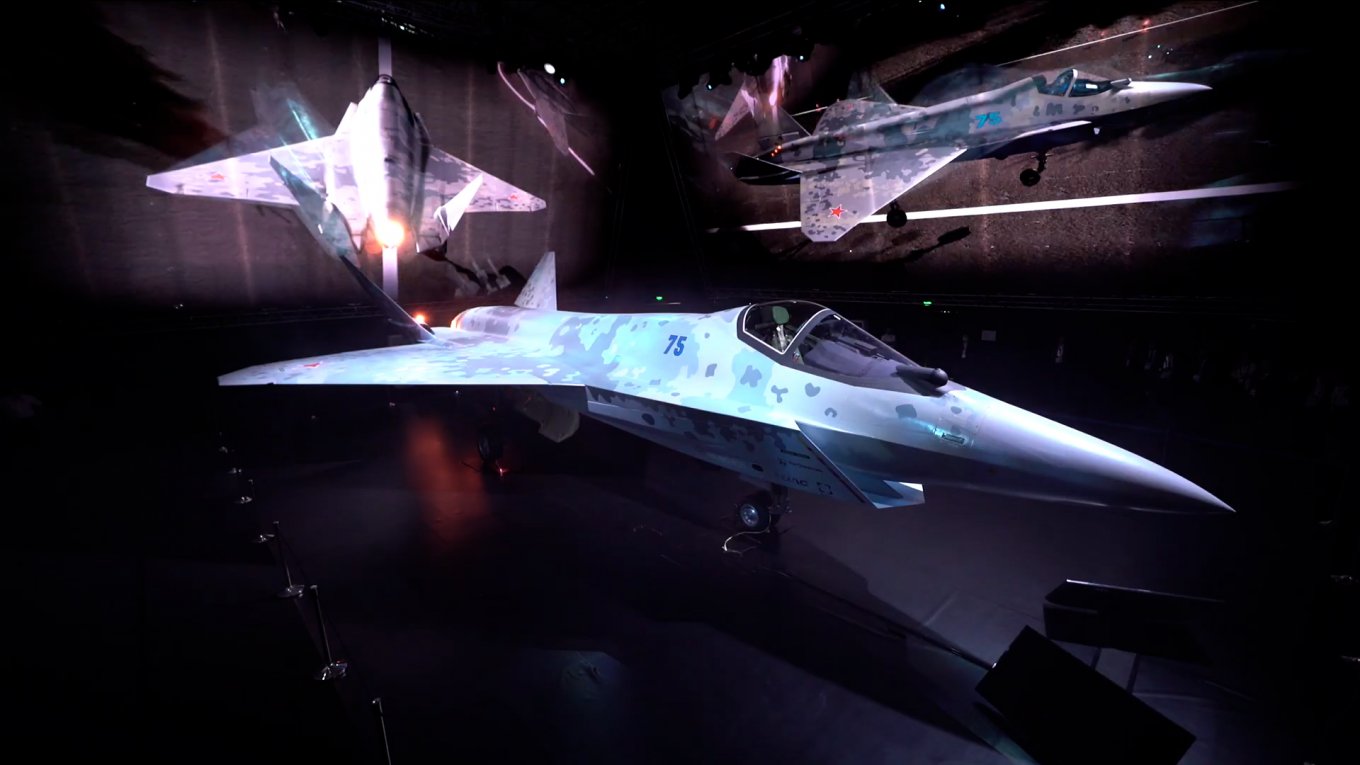
Caution is also warranted toward russian aviation industry PR. With much of the defense sector struggling, new projects are often showcased primarily for propaganda or funding purposes rather than as genuine steps toward deployment — the Su-75 program being a recent example.
Given the lack of official and verifiable information about the MiG-41, the most likely outcome is that it will remain a paper — or rather computer-aided — project for the foreseeable future. Financial constraints, wartime priorities, and sanctions-induced supply chain issues make the emergence of a real MiG-41 interceptor anytime soon highly improbable.
For reference:
‘Analogovnet’ ("аналогогов нет" in russian, that translates to "havin no analog") – is a sort of stamp of russia’s propaganda meaning something сreated in russia and representing a sort of wonder weapon having no analog around the World and giving russia some superiority. It would be described like equivalent of German word ‘Wunderwaffe’ that roughly translates to "wonder-weapon" and was a term assigned during World War II by Nazi Germany's propaganda ministry to some revolutionary "superweapons".
Read more: russia Can’t Build New MiG-31Ks: Every Loss of Kinzhal Carrier Hits Hard




